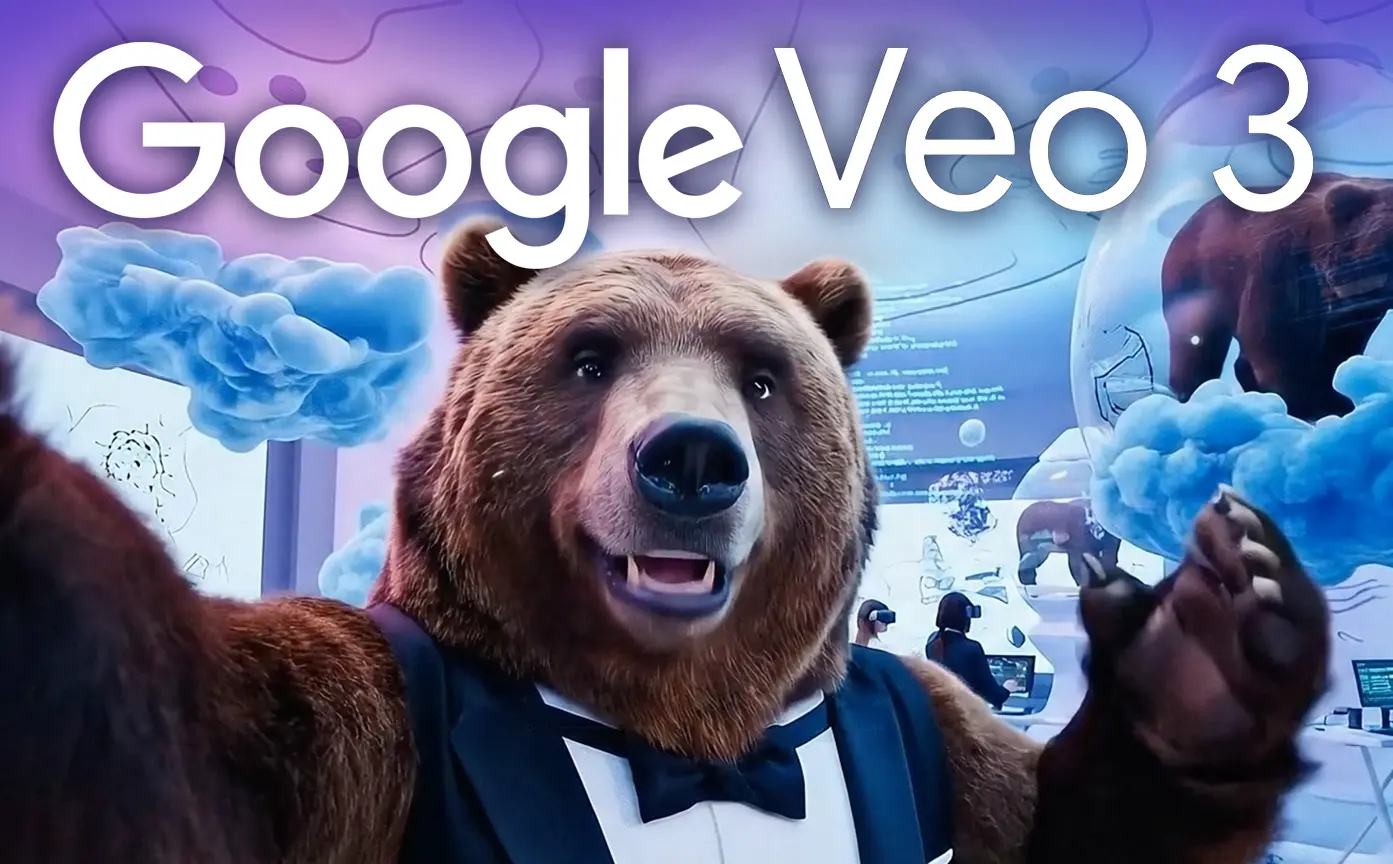The AI arms race is far from over, and Google is making it clear that it has no intention of being left behind. The tech giant has just unveiled Veo 3, the latest version of its video generation model, and it comes with a groundbreaking innovation: videos generated by the AI can now include music and voice, with frighteningly accurate lip synchronization.
Veo 3: Music, Voice, and Near-Perfect Realism
Announced at the Google I/O developers conference on May 20, 2025, Veo 3 represents a major milestone in artificial intelligence. This upgraded version of Google’s video generation model not only enhances the user experience by automating audio integration, but also pushes the boundaries of realism. One of the key demonstrations featured a weathered sailor narrating the strength of the sea—his facial expressions, mouth movements, and body language looked eerily natural, with no visible distortions or anatomical issues.
This type of audiovisual alignment is a significant achievement. The clip feels like it could have come straight out of a movie or documentary, showcasing how close we are to AI-generated videos becoming indistinguishable from real footage.
According to Google, Veo 3 “exceeds expectations” in generating videos from both text and image prompts. Its ability to interpret user intent is impressive, and the underlying physics engine ensures movements and interactions feel authentic. Starting May 20, 2025, Veo 3 is available to Ultra subscribers of the Gemini app in the U.S., and is also being offered to businesses via Vertex AI.
Other Key Announcements: Flow, Veo 2, and Imagen 4
While Veo 3 stole the spotlight, Google also introduced several other AI advancements during the I/O 2025 event:
- Veo 2 received a cinematic update. Developed in collaboration with film industry professionals, it now offers more realistic camera angles and smooth transitions, bringing a “Hollywood touch” to its video creations.
- Flow, Google’s new professional video generation tool, integrates its most powerful models—Veo, Imagen, and Gemini—and is aimed at filmmakers and creative professionals. With just a few inputs (such as cast, location, objects, and visual style), Flow can generate entire movie-like scenes. While Veo 4 (also mentioned) is more beginner-friendly, Flow gives users complete creative freedom. It’s now available to Pro and Ultra subscribers in the U.S., with a global rollout expected soon.
- Imagen 4, Google’s latest image generation model, delivers enhanced realism and detail, particularly in complex textures like water droplets, textiles, and animal fur. It is now accessible via Gemini, Whisk, Vertex AI, and Google Workspace.
Google vs. OpenAI: The Race Continues
Google’s aggressive rollout of updated AI models—Veo 3, Imagen 4, Flow—signals a bold move in response to competitors like OpenAI’s Sora and ChatGPT, and X’s Grok. Though OpenAI has captured much of the public’s attention, there is still no definitive winner in this fierce technological battle. With massive investments, advanced research, and continuous innovation, the AI war is escalating, and only time will reveal which companies emerge victorious and which fall behind.
One thing is certain: with Veo 3, Google has taken a giant leap forward.
